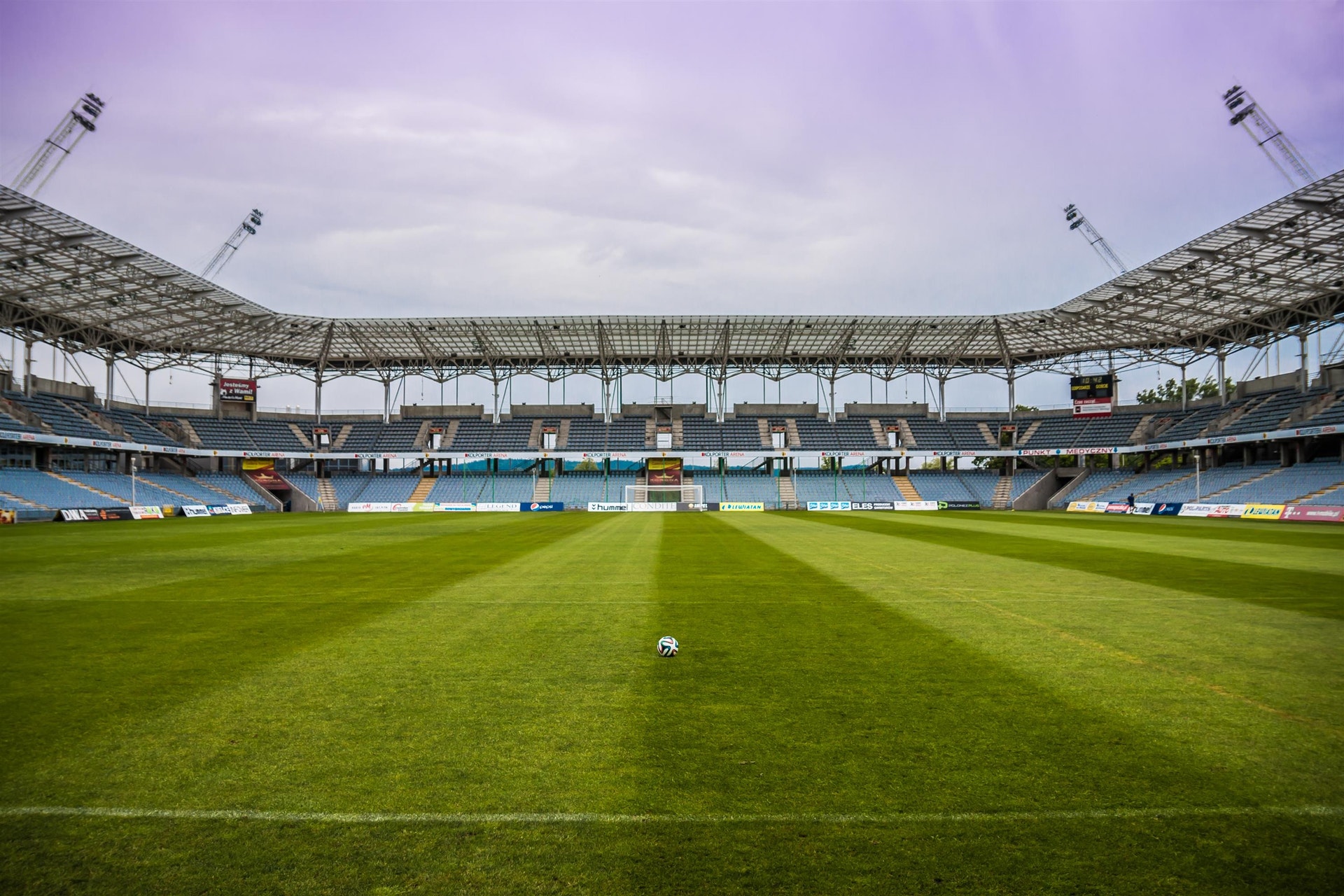Fencing plays a crucial role in the protection and safety of a sports facility. In this context, the technical characteristics and the installation of a fencing system are governed by regulations from the relevant institutions, by the European governing bodies and finally by the National Sports Federations in relation to specific sports activities and types of facilities.
Given the complexity and importance of the topic, we decided to carry out this in-depth analysis focusing on the characteristics of a certified sports fencing system.
UNI 10121 AND UNI EN 13200-3 STANDARDS
The UNI EN 13200-3 standard, and before it UNI 10121, establishes the European technical requirements that identify a certified fencing system intended for a sports facility, with the primary objective of protecting onlookers and minimising the risks of falling, rolling, penetrating or sliding through safety barriers.
More specifically, UNI 10121 specified resistance to strong stresses as a fundamental requirement, indicating specific load thresholds. The UNI EN 13200-3 standard (which became part of the regulations in March 2006) has introduced some changes compared to the aforementioned UNI 10121, in relation to both the perimeter barriers that separate the service spaces of the sports facility from the outside and to the barriers that separate the sports activities area from the stands.
Below we summarise the two main new elements:
Horizontal loads on the top of the fencing
The load limit of 80 kg/m at a height of 2.2 m has been updated by introducing two specific ranges:
- 200/300 kg/m at a height of 1.1 m;
- 100 kg/m at a height of 2.5 m.
- In the range between 1.1 m and 2.5 m the minimum load is established through the load interpolation criterion.
Loads evenly distributed over the surface of the fencing
The reference value of 80 kg/m2 is updated to 200 kg/m2 where there is a risk of falling. Furthermore, the size of the spaces present in the fencing system must be such that a 100 mm sphere cannot pass through it (120 mm maximum, taking into account the natural bending of the materials loaded).
THE IMPORTANCE OF A CERTIFIED FENCING SYSTEM
In light of what has been written up to now, it is essential that fencing systems intended for sports facilities are accompanied by appropriate certifications of compliance. In this context, the following documents are fundamental:
- technical drawings of the fencing;
- laboratory tests that certify the characteristics of the fencing itself;
- calculation report signed by a qualified technician;
- declaration of compliance.
We also highlight the critical importance of a properly trained team of fitters able to install the fence correctly.
THE CAVATORTA FENCING SYSTEM FOR SPORTS FACILITIES
Cavatorta has designed a fencing system entirely dedicated to sports facilities which the Giordano Institute has certified as compliant. Below we briefly describe the main components:
Replax T Sport
Single twist and square wire mesh made of galvanised steel, PVC coated. Among the main features of Replax T Sport we find:
- High shock absorption
Absorbs shocks without deforming thanks to the large diameter of the threads and the size of the mesh. - Excellent visibility
It ensures excellent front and side visibility of the pitch even from a very close position. - Resistance to corrosion
It effectively resists corrosion for a long time thanks to the Galvaplax Process designed by Cavatorta.
Replax T Sport, equipped with system accessories, and measuring 2.2 and 2.50 m high, is able to ensure the performance required by the UNI EN 13200-3 standard regarding the safety of internal and external perimeter separators in football stadiums.
Discover more about Replax T Sport
T Sport poles
Profiled steel poles with square or rectangular section, with PVC coating and fencehead closed hermetically by a plastic cap.
Discover more about T Sport poles
T Sport vehicle entrance and pedestrian gates
Driveways and pedestrian gates (yellow plastic coated) with:
- perimeter frame of doors and support poles in square steel tube;
- mirrors in electrowelded wire mesh, with square mesh;
- steel locking system components.
Discover more about T Sport vehicle entrance gates
Discover more about T Sport pedestrian gates
